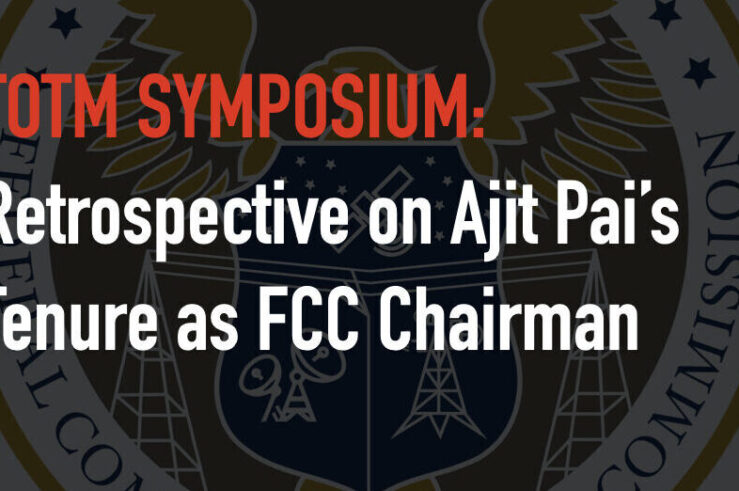The Ajit Pai FCC on Radio Spectrum Allocations
Disclosure: The one time I met Ajit Pai was when he presented a comment on my book, “The Political Spectrum,” at a Cato Institute forum in 2018. He was gracious, thorough, and complimentary. He said that while he had enjoyed the volume, he hoped not to appear in upcoming editions. I took that to imply ... The Ajit Pai FCC on Radio Spectrum Allocations
Commentary: In the race for a COVID-19 vaccine, how do we balance risk and safety?
(Ed. Note: the following is an excerpt from a piece published by the Chicago Tribune on Oct. 16, 2020. Click here to read the full piece) No matter your Twitter feed, “vaccines have been one of the greatest public health tools to prevent disease,” as The New York Times explained in January… Many are terrified ... Commentary: In the race for a COVID-19 vaccine, how do we balance risk and safety?
Policy Diversity Saves Lives: Unmasking Confirmation Bias Caused by a Virus
The brutal toll of the coronavirus pandemic has delivered dramatic public policies. The United States has closed institutions, banned crowds, postponed non-emergency medical procedures and instituted social distancing. All to “flatten the curve” of illness. The measures are expensive, but there is no obvious way to better save lives. There is evidence that, even without ... Policy Diversity Saves Lives: Unmasking Confirmation Bias Caused by a Virus
Hazlett on the Apple e-books case: The Apple case is a throwback to Dr. Miles, and that’s not a good thing
The Apple e-books case is throwback to Dr. Miles, the 1911 Supreme Court decision that managed to misinterpret the economics of competition and so thwart productive activity for over a century. The active debate here at TOTM reveals why. The District Court and Second Circuit have employed a per se rule to find that the ... Hazlett on the Apple e-books case: The Apple case is a throwback to Dr. Miles, and that’s not a good thing
Thomas Hazlett on Joshua Wright
Josh Wright is a tour de force. He has broken the mold for a Washington regulator — and created a new one. As a scholar, he carefully crafts his analyses of public policy. As a strategic thinker, he tackles the issues that redound to the greatest social benefit. And as a champion of competitive markets, ... Thomas Hazlett on Joshua Wright







